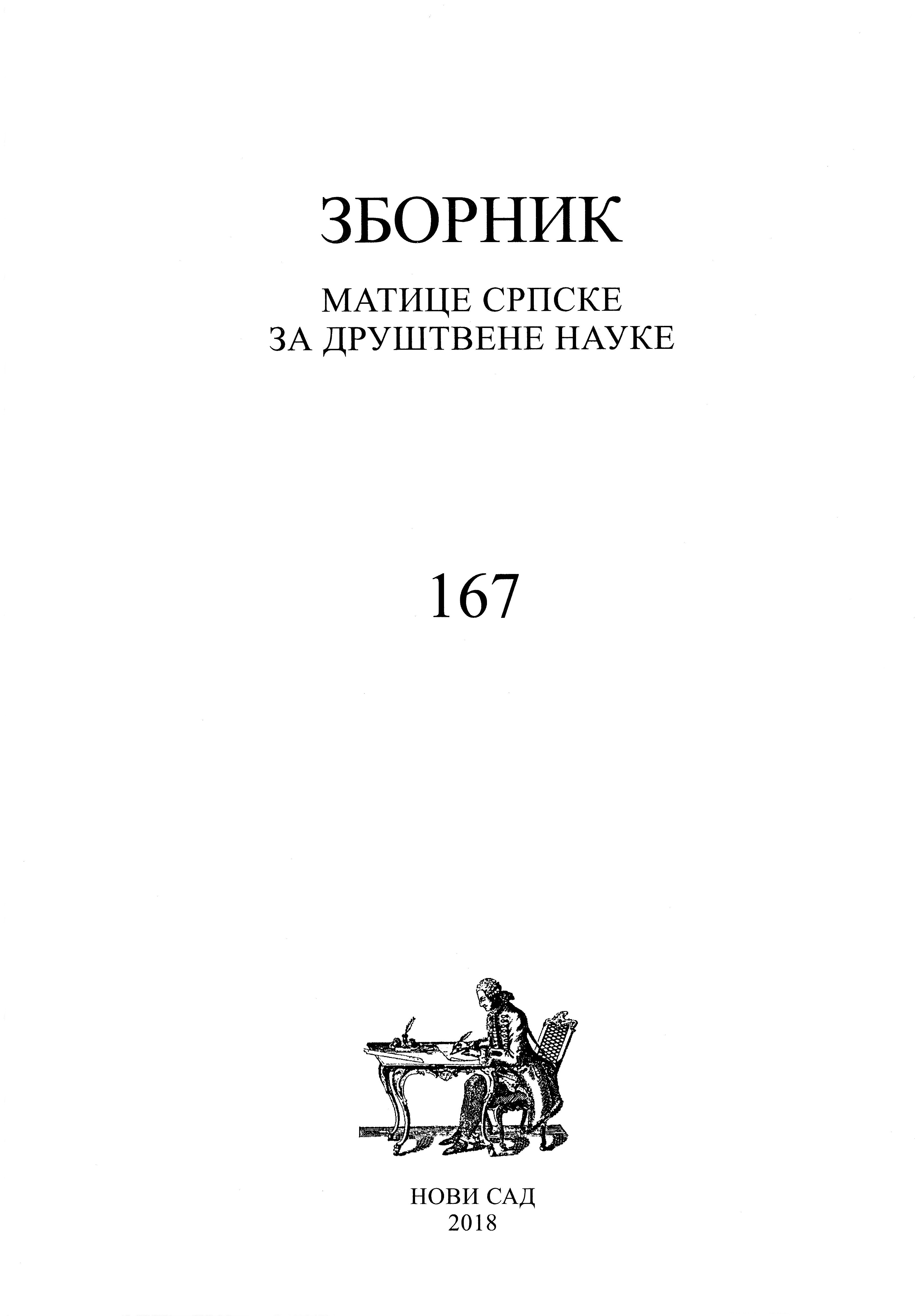Демографски депресивна подручја у Хрватској: каква треба бити популацијска политика?
Demographically Depressed Areas in Croatia: What Should Population Policy be Like?
Author(s): Snježana Mrđen, Ivan MarićSubject(s): Demography and human biology, Rural and urban sociology, Migration Studies
Published by: Матица српска
Keywords: population aging; model of demographically depressed areas; population policy; settlements; Croatia
Summary/Abstract: Population aging, as well as general depopulation, represents the most important demographic process in the Republic of Croatia, which is characterized by a high degree of aging. The results of this research show that the aging process is present at a large scale in Croatia, though there are differences in the values of various indicators of population aging in relation to regional differences. The aim of this research was to identify settlements which were demographically revitalized, demographically old or demographically depressed areas among 6,606 Croatian settlements. The analysis was made by utilizing 11 variables for 6,606 settlements (while ignoring those settlements which had no population at all): three variables related to total population change (growth rate, migration and natural change in the last intercensal period 2001–2011); seven vari ables related to demographic aging based on the results of 2011 census (mean age, the percentage of population aged 0–14, the percentage of population aged 65 or over, the percentage of population aged 75 or over, the percentage of population aged 80 or over, aging index, old age dependency ratio) and the demographic corrective variable related to the population of settlements in 2011. All these variables were compared to the mean values at the level of the Republic of Croatia in order to generate the model of demograp hically depressed areas (iddp): extremely depressed areas, weakly depressed areas, areas of the impending demographic depression, non-depressed areas and extremely non-de pressed areas. Additionally, the use of GIS tools allowed the analysis of distance betwe en demographically old settlements and healthcare centres, which provided information about whether those settlements were isolated or not according to the given standard of distance. The results show that a relatively better demographic situation is present in continental areas and coastal areas near larger cities. Most settlements in those areas be long to the non-depressed group or the group of the impending depression. Demographic situation is especially unfavourable in Karlovac County, Sisak-Moslavina County and the interior of Dalmatia and Istria. In other words, there are 3,300 settlements in Croatia characterized by demographic depression, which is equal to 50% of the total number of settlements. Those settlements take up 50% of Croatia’s total area and 8% of its total po pulation (324,000). All these settlements have rural characteristics, they are poorly po pulated and spatially isolated. As much as three-quarters of those settlements are outside of their respective healthcare centres within 15-kilometre range. Additionally, nearly three-quarters of those settlements are characterized by the latest stage of demographic aging (most advanced demographic age). In many of those settlements, age pyramids have been inverted due to a significant reduction in their population as well as a high degree of aging. Those settlements can no longer (bio) dynamically regenerate. Those areas can no longer be revitalized by means of immigration either. Instead, it is necessary for the state to engage in providing (long-term) social and health care, not merely in its own institutions, but in people’s homes as well, in order to ameliorate the effects of de mographic aging and depopulation and to provide the elderly population with quality and dignity in their old age.
Journal: Зборник Матице српске за друштвене науке
- Issue Year: 2018
- Issue No: 167
- Page Range: 687-699
- Page Count: 13
- Language: Croatian

